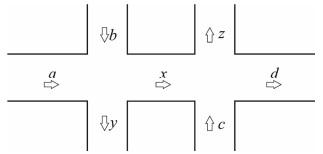Questões de Concurso Comentadas para engenheiro júnior
Foram encontradas 181 questões
Resolva questões gratuitamente!
Junte-se a mais de 4 milhões de concurseiros!
Tendo como referência a figura precedente, que representa um recipiente fechado e isolado termicamente, julgue o item a seguir.
No processo de expansão do gás ideal em razão do
rompimento da membrana, que ocorre dentro de um recipiente
rígido, fechado e isolado termicamente, a temperatura do gás
diminui.
Tendo como referência a figura precedente, que representa um recipiente fechado e isolado termicamente, julgue o item a seguir.
Quando submetido a condições de alta pressão e alta
temperatura, o comportamento de um gás real tende a se
aproximar ao de um gás ideal.

A partir dessas informações, e considerando z = y, julgue o item seguinte.
Se a = 600, b = 150, c = 300 e d = 450, então o valor de
x + y + z é inferior a 1.200.
Based on the vocabulary and linguistic aspects of text CB1A2-I, judge the following item.
Graduate students are people studying for a master’s degree
or doctorate.
Based on the vocabulary and linguistic aspects of text CB1A2-I, judge the following item.
The word “physicists” means “medical doctors”.
